
HACKSAW RIDGE (2016)
Client: Cosmos Filmed Entertainment
Director: Mel Gibson
VFX Supervisor: Chris Godfrey
VFX Art Direction: Daniel James Cox
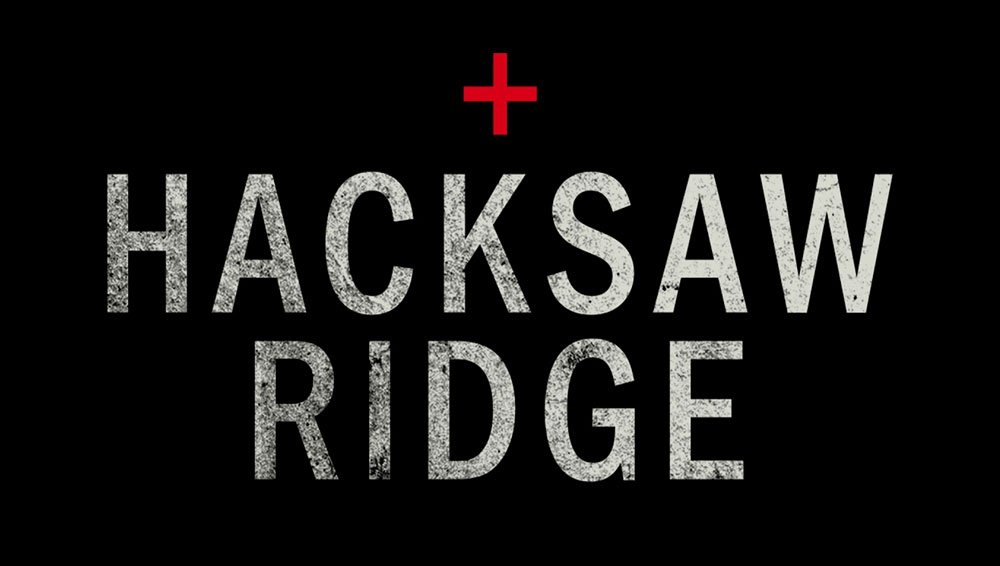
Client: Cosmos Filmed Entertainment
Director: Mel Gibson
VFX Supervisor: Chris Godfrey
VFX Art Direction: Daniel James Cox
In conversation with Adrienne Hurst, Editor Digital Media World
April 12th 2017
How did you get involved with Hacksaw Ridge?
I had worked with VFX Supervisor Chris Godfrey on previous films Australia and The Great Gatsby, so he reached out to me when he was putting together his pitch for Mel Gibson, Director.
Chris needed several key illustrations to present to Mel—there was no budget and a very tight turnaround, so I asked Gerhard Mozsi, a fantastic concept artist, to help. We pushed through, illustrating the ideas quickly, and the images ended up resonating with Mel. A few weeks later, Chris confirmed he had secured the job.
After the shoot wrapped, I joined the project on a 10-week contract as VFX Art Director, working directly with Chris Godfrey and Juri Fripp (Post-Visualization Supervisor) at Fox Studios.
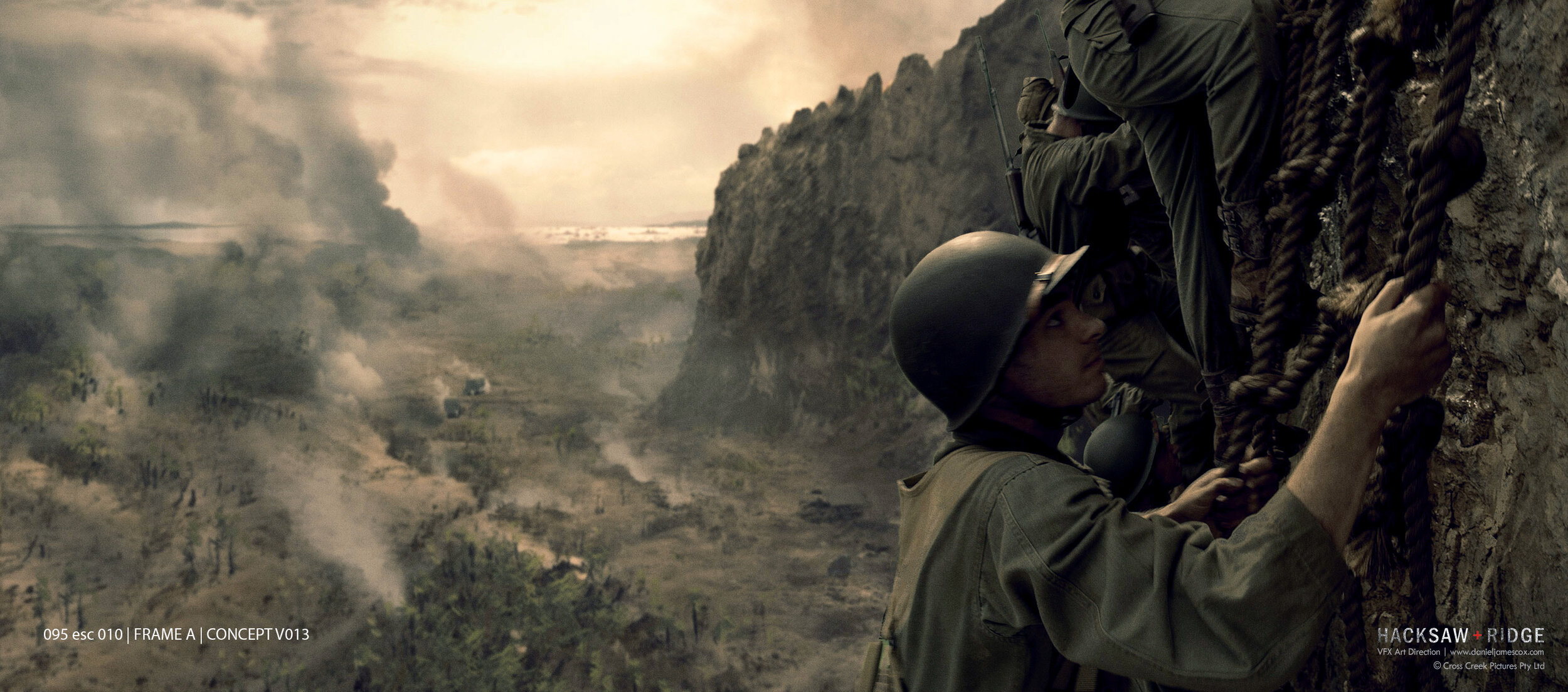
What was your role, and how do you work with the VFX Supervisor?
My role was to creatively conceptualize the key VFX shots, ensuring they aligned with the story and production needs.
Chris Godfrey would brief me on a shot.
VFX Producer Miranda Culley would deliver the plates.
I would develop a visual solution, present it back to Chris, get notes, revise, and resubmit.
Once approved, the stills were sent to Mel Gibson and Executive Producer Bill Mechanic for final approval.
For some shots, I broke them into layers for Juri’s post-viz team, helping define camera movement, atmosphere, and composition. Other times, my work was presented as stand-alone concepts to guide VFX vendors in execution.
It was all about maximizing the film’s visual impact while working within a $40 million budget.

What skillsets did you require for this role?
First and foremost: understanding story.
Every visual decision should enhance the drama, pacing, and emotional impact of a scene. Can I provide a visual solution that enhances the story? Is the story point clear? These are the fundamental questions I ask before putting pen to tablet.
Then, how do you design a frame to service that story? That means being creative—using composition, tone, lighting, and atmosphere to lead the viewer’s eye so that the story points are effectively told. Some shots are all about the environment—the layout, amount of smoke, debris, destruction—while others focus entirely on character emotion. Many are a combination of both, requiring balance between epic scope and personal stakes.
And you need to do all of this while leaving your ego at the door. You will have disagreements with your supervisor, and while you can provide options or alternate concepts, at the end of the day, it’s chain of command. Even when you don’t fully agree with the direction being taken, you have to bite the bullet—no pun intended—and adapt.


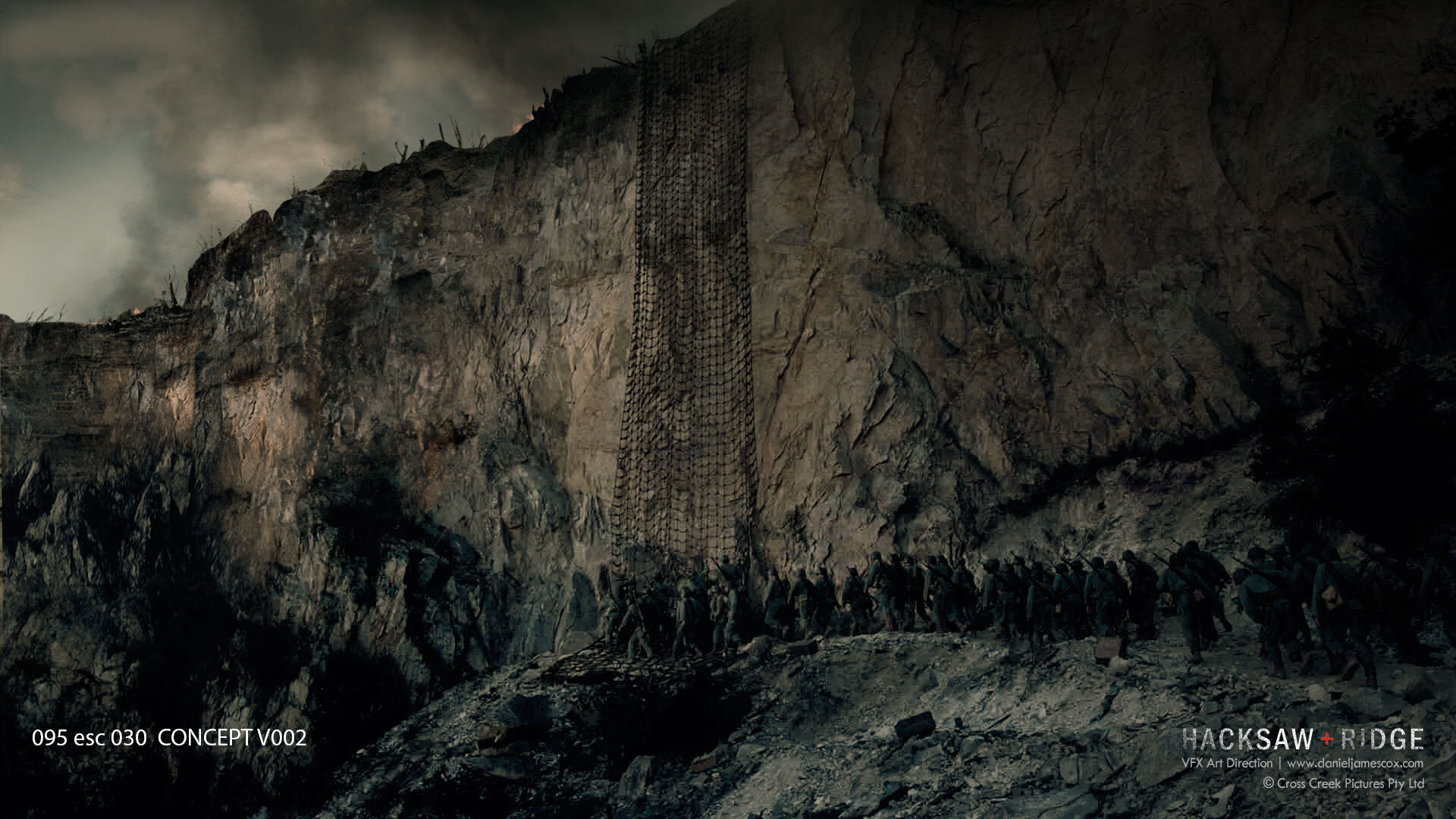



Any specific examples of shots that were particularly challenging?
Yes! The "Spifflication" Sequence. This was the first major death in the film, marking the start of the battle on top of the ridge. Mel wanted it to be the “bloodiest, goriest scene to ever open a battle.”
The problem? The footage wasn’t very graphic—just a few guys miming getting shot and falling over. It needed serious VFX enhancement.
I studied battle wound references (not fun) and created concept frames of realistic bullet impacts, flesh tearing, and bone fragmentation.
Mel loved the first pass and immediately asked for even more bloodshed.
That led to us replacing much of the practical performance with digital doubles, ensuring flesh, cloth, and bone reacted dynamically to bullet hits.
Once the final stills were approved, I saved elements for Juri’s post-viz team, who composited everything in Nuke for a polished pre-visualization shot.
Mel signed off immediately, and the shot was bid as a stand-alone VFX sequence.
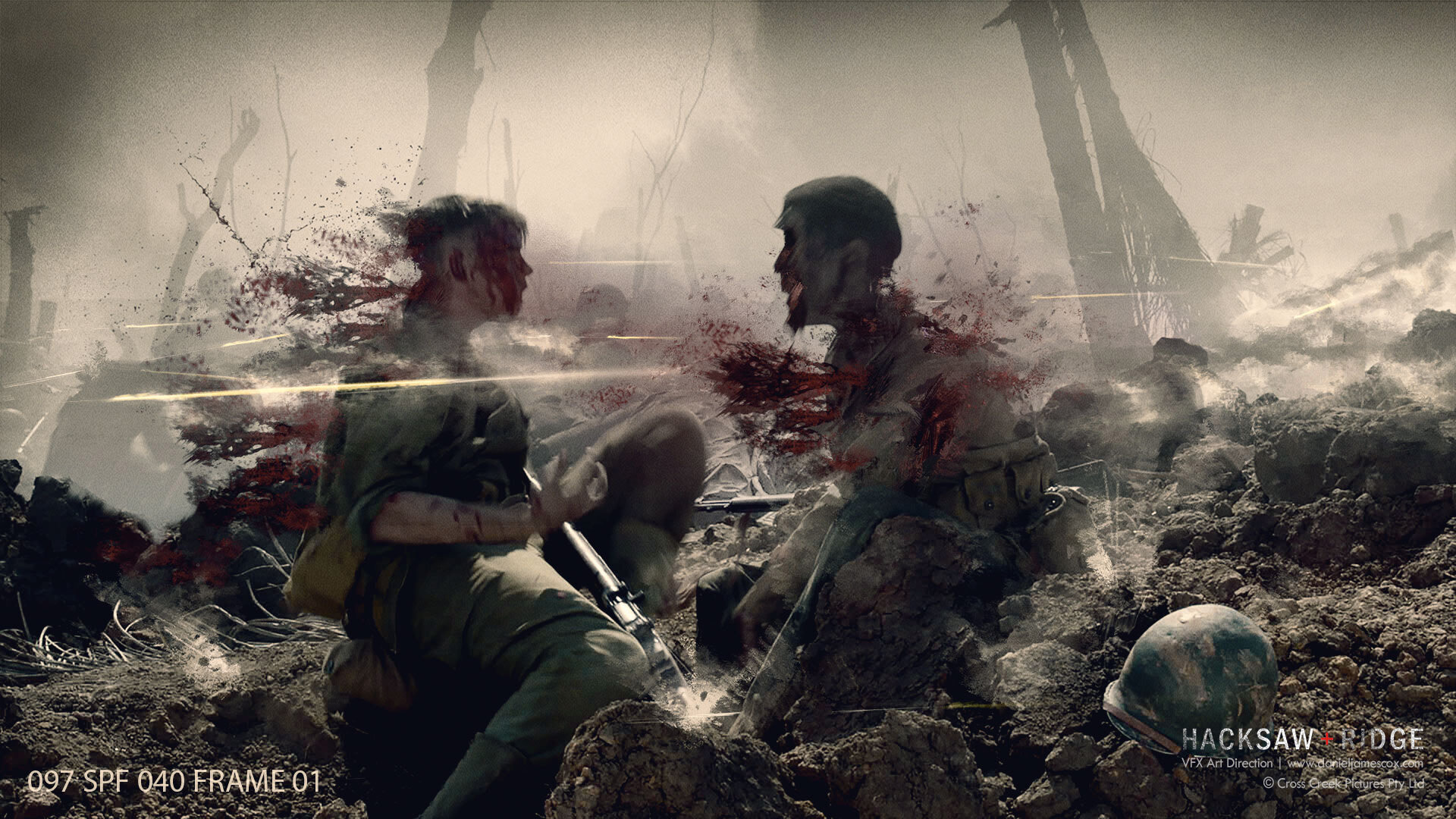
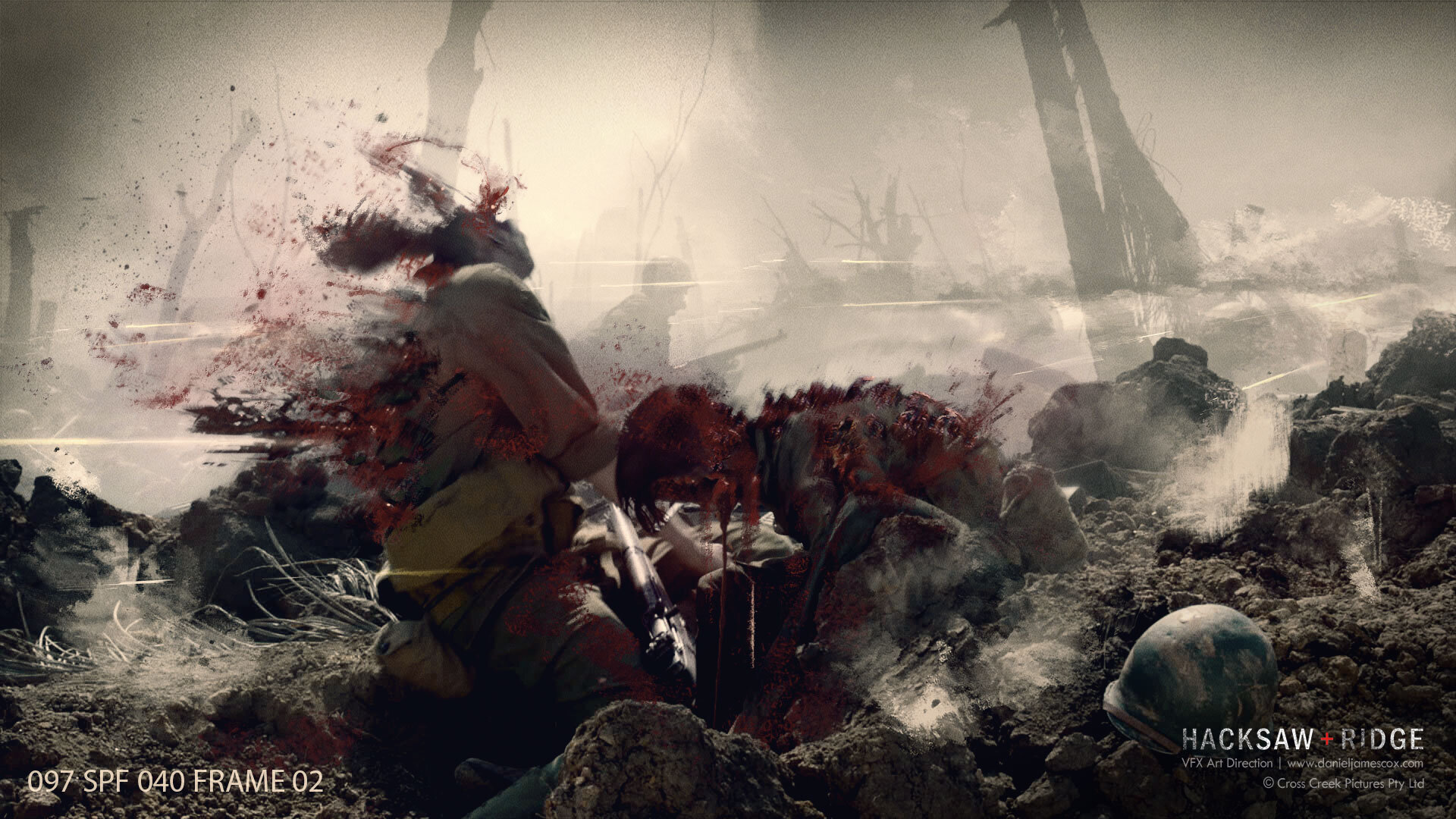

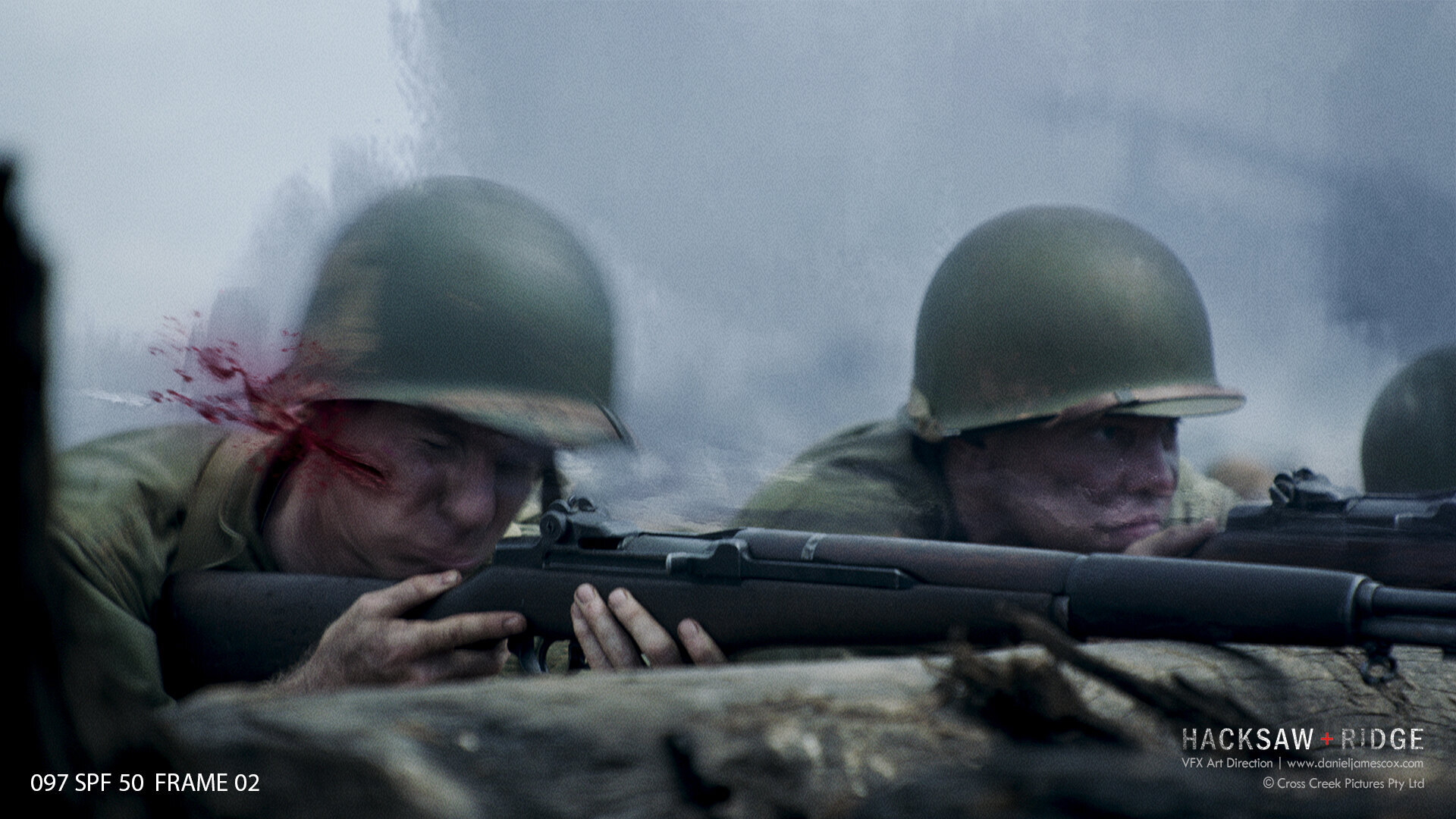


Another big challenge was the Okinawa beach landing. The original plate looked too flat, so I suggested a dramatic lighting setup using heavier bombing smoke to create a visual funnel leading the viewer’s eye toward the landing boats.
Chris initially reviewed it but felt the plate needed more raking light across the frame instead.
I revised the lighting direction, keeping the atmospheric depth while adjusting for realism.
Chris then presented it to Mel, who approved the final concept.
Matte painters were later brought in to finalize the shot after I had left the project.

Who else did you work with during the project?
It was an incredible team, including:
Juri Fripp (Post-Viz Supervisor)
Ben Seager (3D), Jason Li (Modeling), Nicole Padilha (Textures), Anu Vijayan (Tracking), Ferry Taswan (FX)
Andy Sutton (who took over the bulk of the matte painting work after I left)
These were some of the best freelancers in the industry, and they did phenomenal work under intense deadlines.

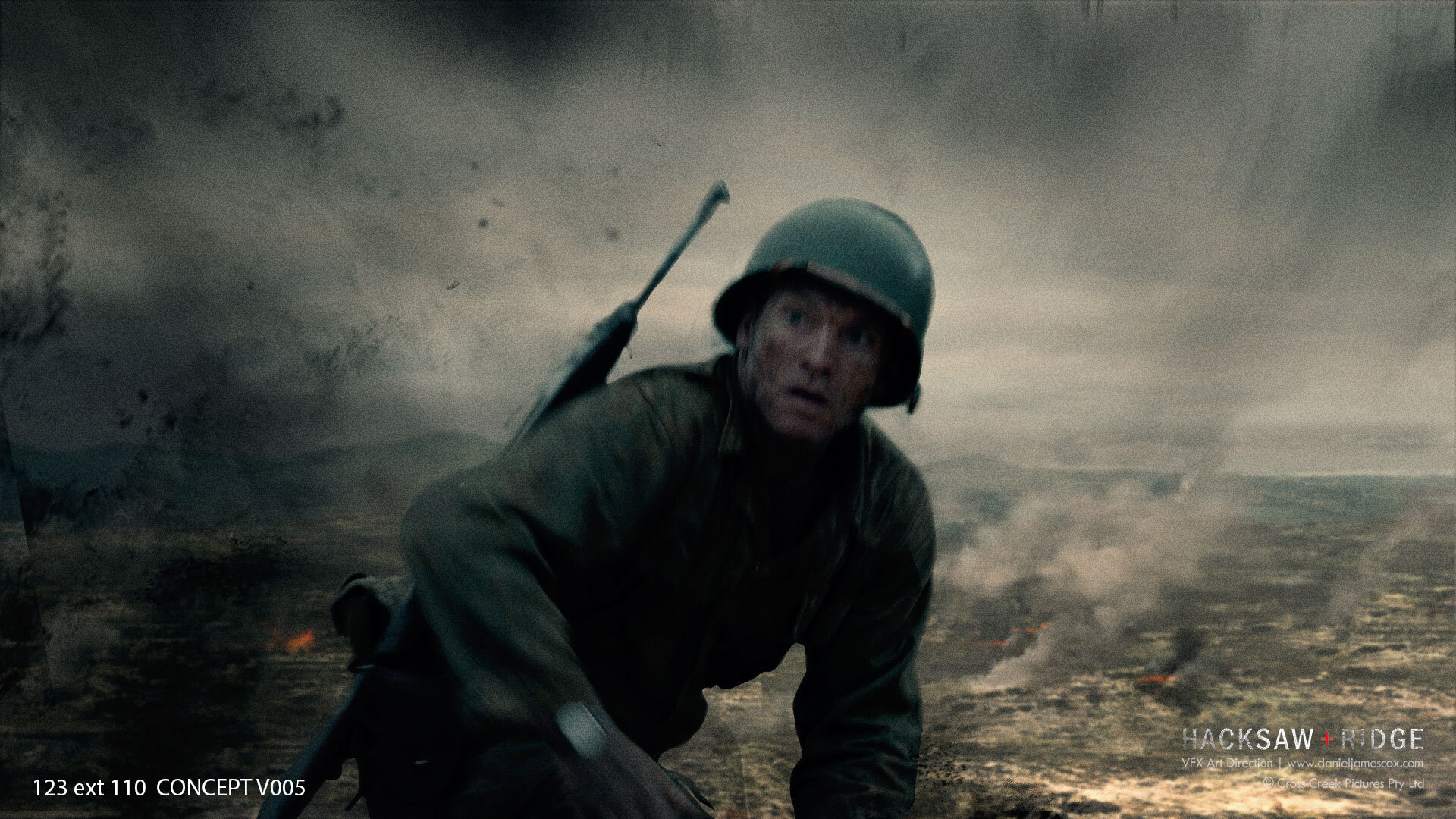



How much say do you have over taking your concepts to final shots?
As VFX Art Director, my role was to define the look and feel of the key VFX shots earlier in post-production.
The final execution was in Chris’s hands—he and the VFX vendors brought everything to completion.
By the time finals were coming in, I had already relocated to Vancouver to start as VFX Art Director at Sony Pictures Imageworks.
Unfortunately, I wasn’t able to attend the crew screening, but it was great to see how the visual foundation we built carried through to the final film.


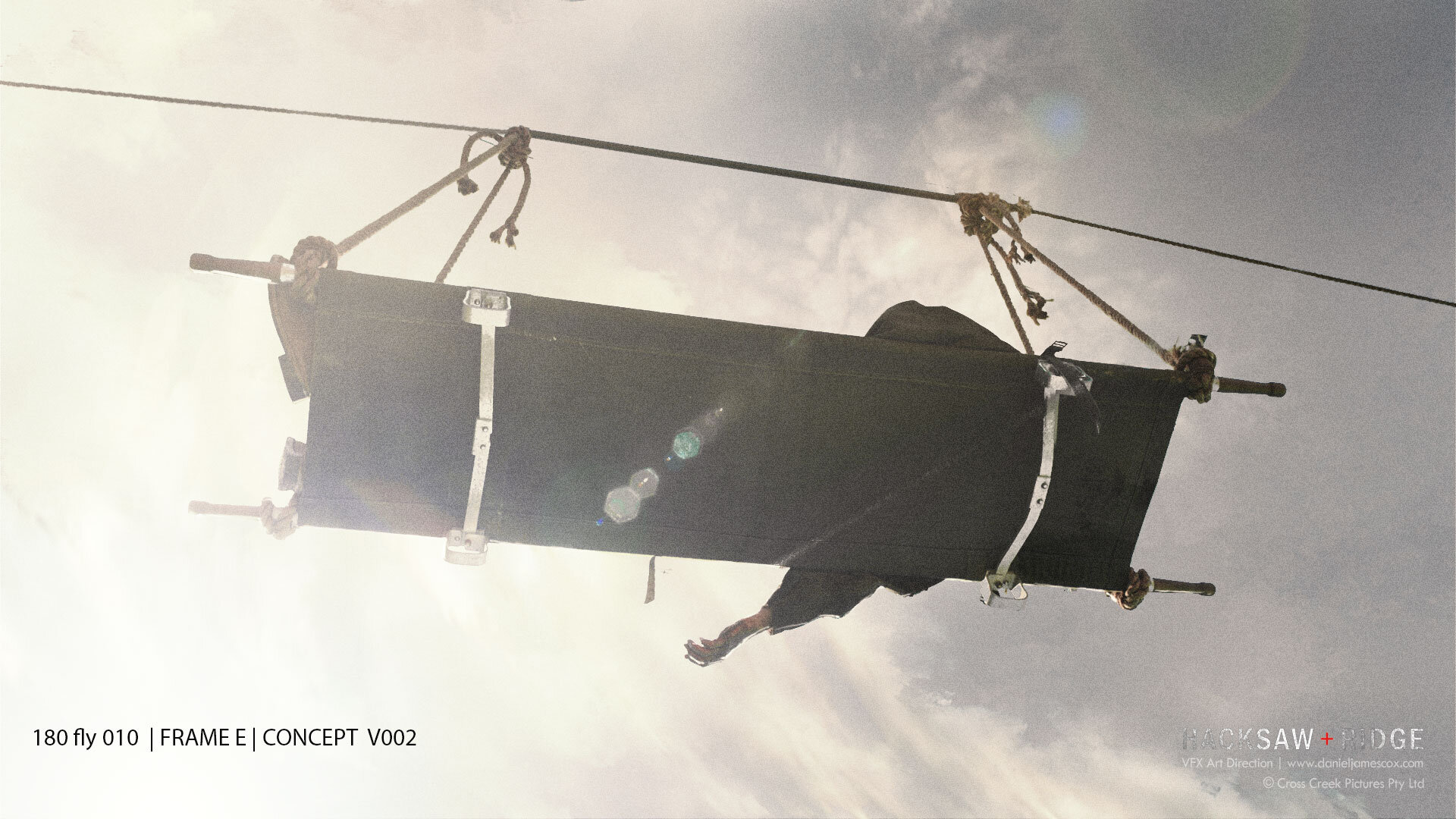
Any final thoughts?
This project reinforced what I believe about VFX storytelling - Story comes first. Every frame should serve the narrative, tension, and pacing—not just look flashy. Visual development is problem-solving. Every challenge—whether it’s blood effects, large-scale destruction, or lighting direction—requires a creative approach. Collaboration is key. Great VFX happens when artists, supervisors, and directors work together to find the best solutions.
Every project demands a mix of creativity, adaptability, and technical skill, and I love the challenge of finding the right visual language for each film.
Hacksaw Ridge was no different - it was a fast-moving, high-stakes production, but the team delivered incredible work that brought Mel Gibson’s brutal vision of war to life.
